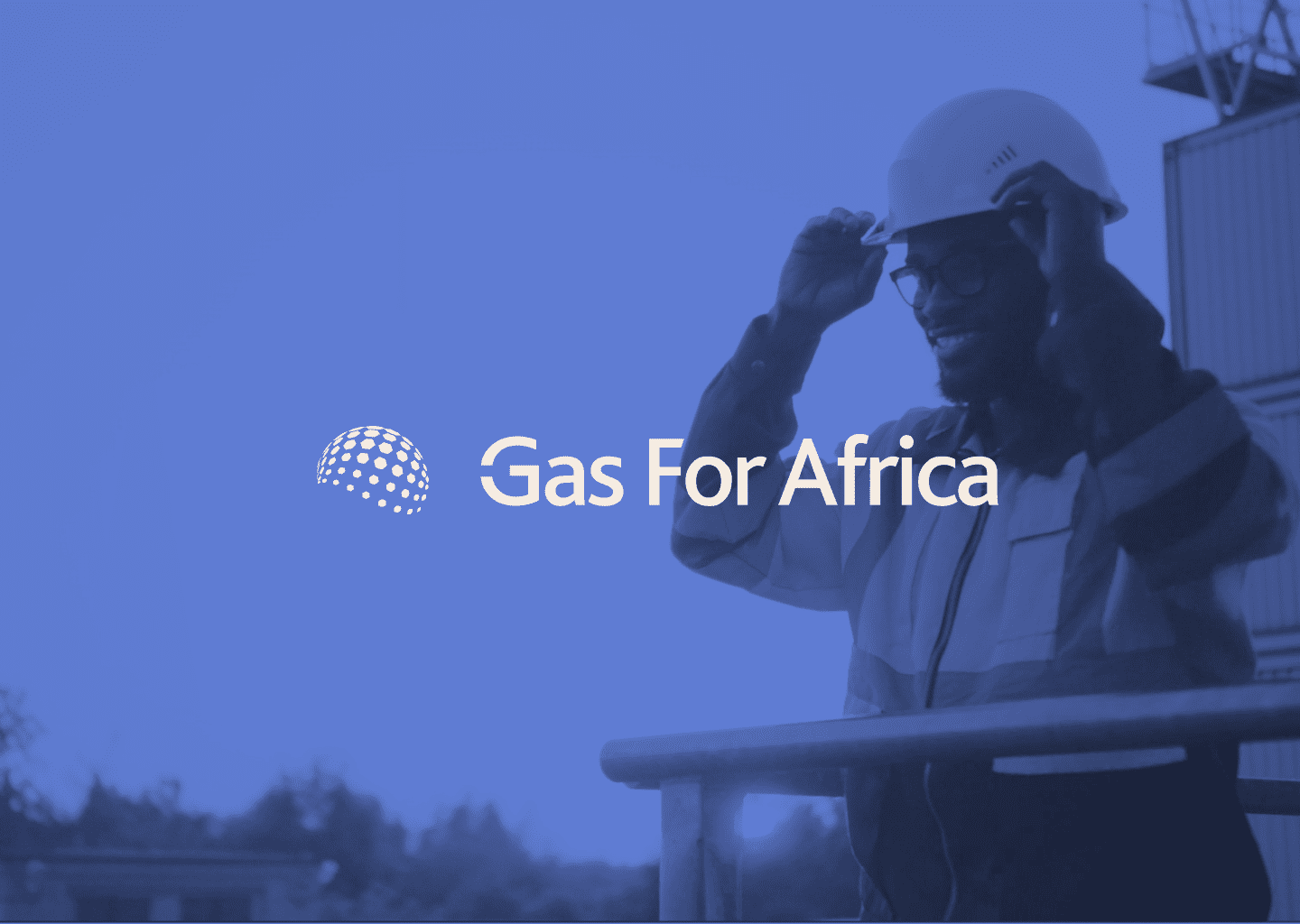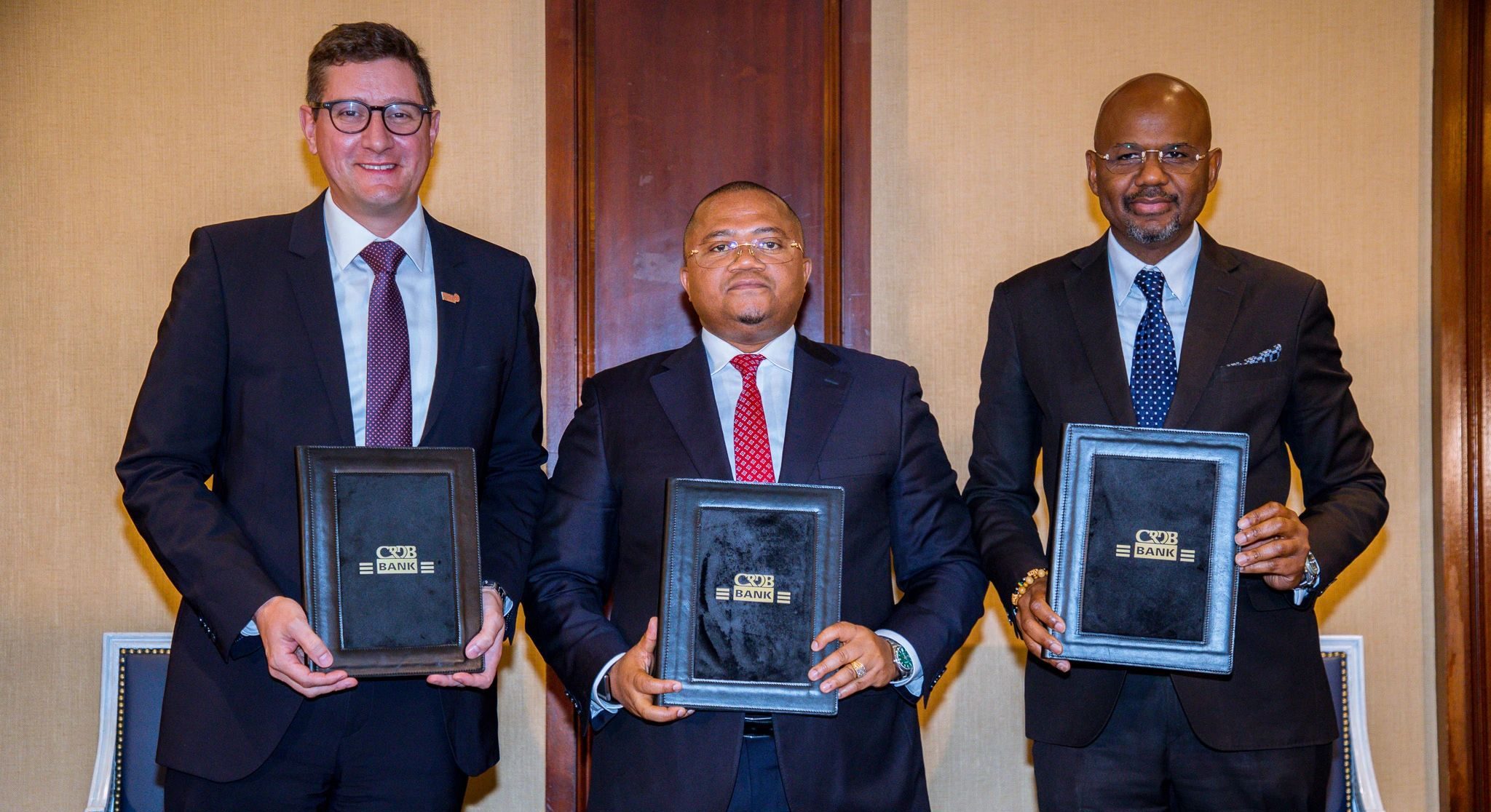
Thursday 21st August 2025

by InAfrika Reporter
Green bonds are growing in Africa, but they are still a tiny share of the global market. A 2025 landscape report finds Africa accounts for under 1% of all issuance. Average deal sizes have fallen as more private issuers enter the market—down from about $176 million (2013–2018) to ~$113 million (2019–2024). That shift can be healthy if it means more frequent, bite-size deals that match local projects. But it also means higher transaction costs per dollar and a need for local pipelines ready to use the capital.
On the positive side, Africa’s main development bank is leaning in. The African Development Bank (AfDB) said 80% of its 2024 borrowing came in ESG formats—about $900 million in green bonds and $4.1 billion in social bonds. In January 2024 it also pioneered development-bank “hybrid” capital to mobilize more climate funding; the $750 million issue drew $6 billion in orders, proving investor appetite. These moves matter because they help anchor pricing and create benchmarks that local issuers can follow.
Country examples show what is possible. In Tanzania, CRDB Bank launched the “Kijani” green bond, later listing it in Luxembourg in July 2025. Proceeds target climate-smart agriculture, clean cooking, and green buildings and transport—sectors with clear social co-benefits. This kind of thematic framing helps buyers link use-of-proceeds to measurable outcomes.
So what must change to go from niche to necessary? Three things. First, pipelines: cities, utilities, and corporates need ready-to-go green projects with credible data. Second, verification: keep use-of-proceeds reporting simple but strong to build trust, especially as average sizes shrink. Third, currency risk: local-currency issuance and risk-sharing tools can protect borrowers from FX swings that undermine “green” outcomes. Underneath it all is Africa’s climate finance gap, which is why instruments like green bonds should be scaled alongside grants and concessional capital. The continent needs roughly $190 billion each year to deliver its climate pledges—so every efficient channel matters.


